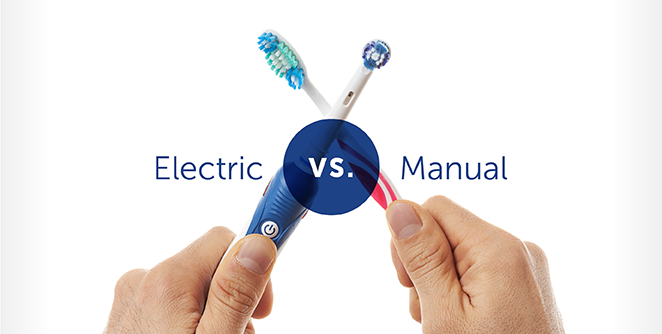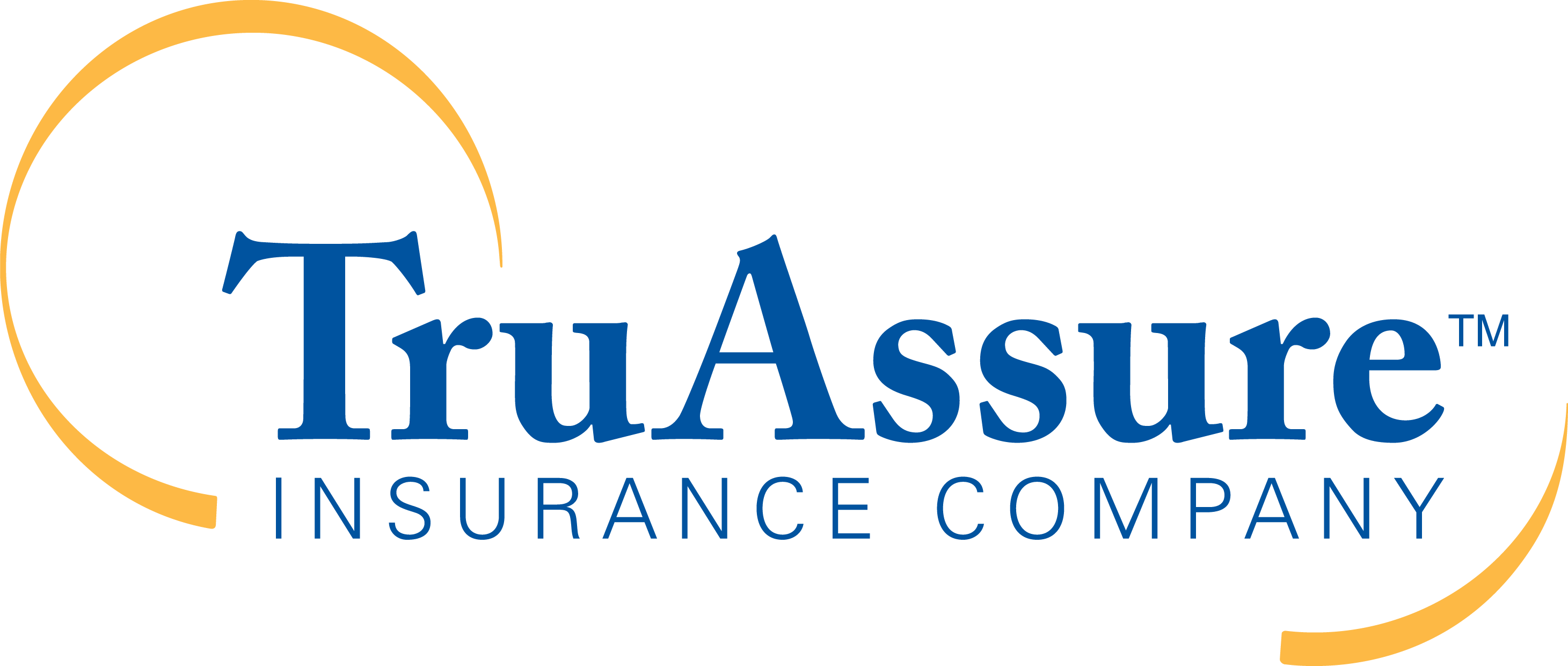Battle of the Brushes: Electric vs. Manual

Good oral health starts with practicing daily habits –– such as brushing and flossing your teeth. Following the recommended brush time of two minutes twice daily adds up to 1,460 minutes spent brushing your teeth each year –– or more than one full day of brushing. That’s why it’s important to find a toothbrush that feels comfortable and works best for you. Understanding the differences between manual and electric toothbrushes is key to keeping your smile healthy.
Benefits of Manual Toothbrushes
Plentiful options: Manual toothbrushes come in a variety of colors, sizes and bristle options.
Inexpensive: The average toothbrush costs a fraction of its electric counterpart and can be found at almost any grocery store, convenience store or pharmacy. Many dentist offices offer complimentary toothbrushes during your appointments.
No batteries or charging: Besides toothpaste, there’s nothing else to remember.
Drawbacks:
Proper technique: With manual toothbrushes, you get out what you put in. In other words, you have to brush with the correct technique. Your dentist or hygienist can show you proper brushing techniques.
Maintenance: It’s recommended that you replace your toothbrush every 3 months or when the bristles break down and lose effectiveness or you’ve been sick.
Benefits of Electric Toothbrushes
Less work, easier for some: For people with limited dexterity, such as the elderly or people with arthritis, one of the main benefits of electric toothbrushes is that they are easier to use.
Timers: Dentists agree that the optimal brush time is a minimum of 2 minutes –– yet many of us fail to make it the full 120 seconds. Many electric toothbrushes come equipped with timers to help ensure you brush the full time necessary. Some newer electric toothbrushes are even compatible with smartphone apps that collect data to help you better understand your brushing habits. Share this data with your dentist if you’d like to learn more about how to improve your brushing routine.
Fun for children: Electric toothbrushes can add some fun to an otherwise mundane activity. Some play a fun song while others have blinking lights.
Drawbacks:
Cost: Electric toothbrushes are a larger investment compared to manual toothbrushes. Also, the toothbrush heads for some electric toothbrushes are purchased separately, which can add up quickly.
Durability: If dropped on a hard surface –– such as a bathroom floor –– it can be easily damaged.
Charging: If your electric toothbrush requires batteries, remember to replace them when they wear out. If your electric toothbrush isn’t battery operated, you’ll need to charge it every day or as it requires.
Whether you go electric or stick with manual, both types of toothbrushes are effective at cleaning and protecting your teeth. However, it’s important to choose a toothbrush that you like and will properly use. Brushing does not replace other healthy habits, such as flossing daily and maintaining a well-balanced diet. Talk to your dentist to learn more.


Add comment